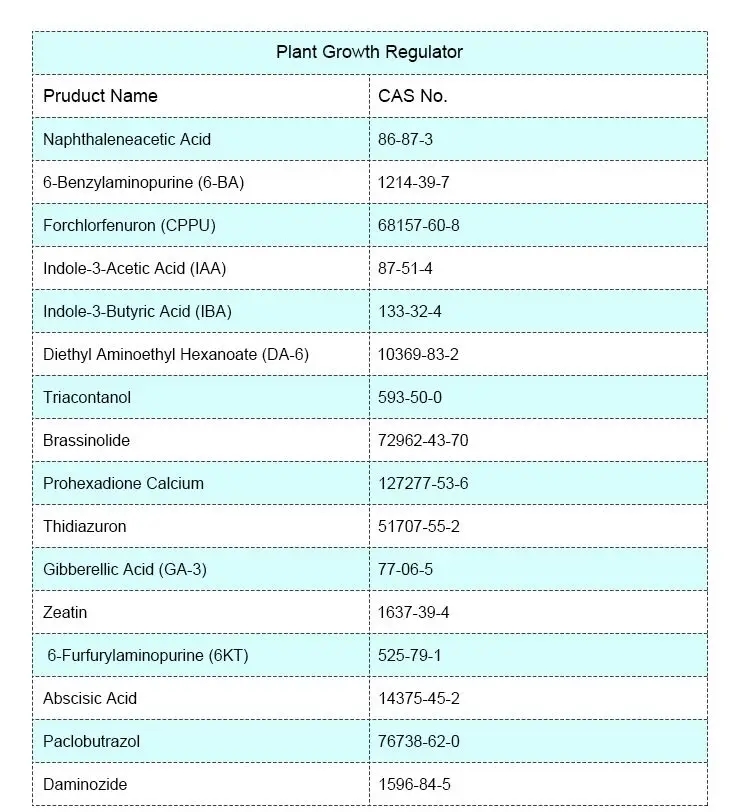Indolebutyric Acid (IBA) is a synthetic plant hormone commonly used in horticulture and agriculture for rooting and propagation of plant cuttings. Here are some of the pros and cons associated with the use of Indolebutyric Acid:
Pros of Indolebutyric Acid:
Root Formation: Indolebutyric Acid is particularly effective in promoting the formation of roots in plant cuttings. It stimulates the growth of root cells and helps establish a strong root system.
Versatility: Indolebutyric Acid is versatile and can be used on a wide range of plant species. It is commonly used for both herbaceous and woody plants, making it a popular choice for horticulturists and growers.
Ease of Application: It is available in various formulations such as gels, powders, and liquids, making it easy to apply to cuttings. This flexibility allows for different application methods depending on the plant type and propagation conditions.

Increased Success Rates: When used correctly, Indolebutyric Acid can significantly increase the success rates of plant propagation through cuttings. It improves the chances of successful rooting, leading to healthier and more vigorous plants.
Stimulates Adventitious Root Formation: Indolebutyric Acid is particularly effective in inducing the formation of adventitious roots, which are roots that develop from non-root tissues, such as stems or leaves. This is crucial for the successful propagation of many plant species.
Cons of Indolebutyric Acid:
Toxicity Concerns: In higher concentrations, Indolebutyric Acid can be toxic to plants and may have negative effects on root development. Proper dosage and application are crucial to avoid adverse effects.
Environmental Impact: The environmental impact of Indolebutyric Acid is a concern, especially in terms of its persistence in soil and water. It may have adverse effects on non-target organisms and ecosystems if not used responsibly.
Regulatory Restrictions: In some regions, there may be regulatory restrictions on the use of Indolebutyric Acid, and users should be aware of any legal requirements or guidelines regarding its application.

Cost: While Indolebutyric Acid is widely available, the cost of purchasing commercial formulations can be a consideration for some growers, especially those with large-scale operations.
Dependency: Over-reliance on rooting hormones like Indolebutyric Acid may lead to a dependency on external factors for successful propagation. It’s important to balance the use of hormones with good cultural practices.
Variable Effectiveness: The effectiveness of Indolebutyric Acid can vary depending on the plant species, the type of cutting, and environmental conditions. It may not yield consistent results across all situations.
In conclusion, while Indolebutyric Acid can be a valuable tool for plant propagation, it should be used judiciously and in accordance with recommended guidelines to maximize its benefits and minimize potential drawbacks.
